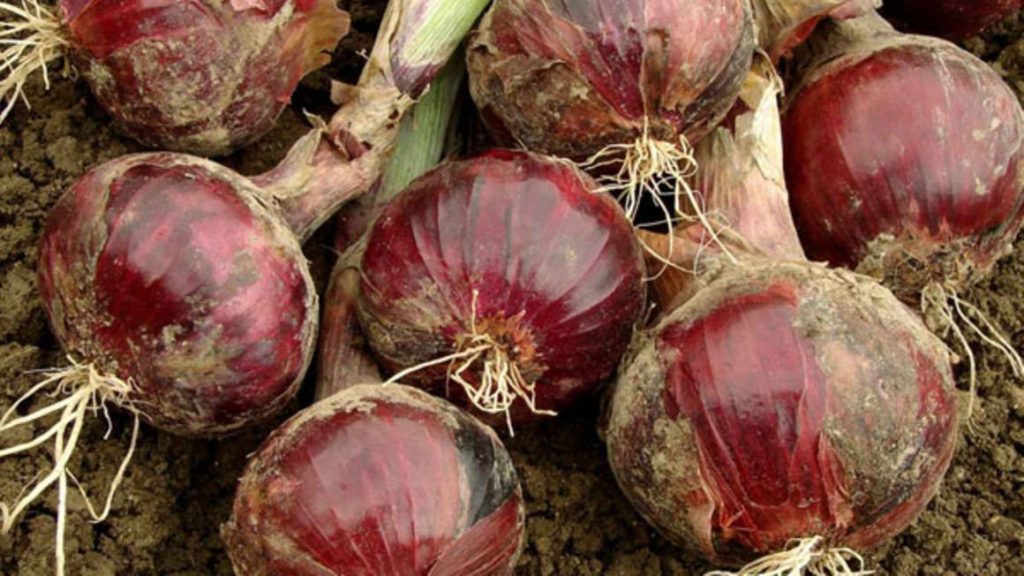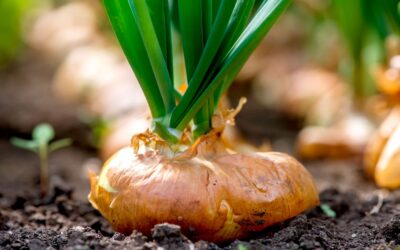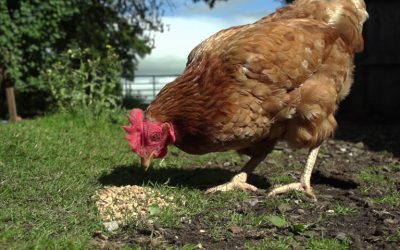Red variety Malbec onion will earn you more money

Onions are a big seller as they are an important constituent of daily meals and other food preparations right from household to big institutions.
Many farmers in eastern and western Uganda are aware of the onion business. They have made their hands dirty, for so many years cultivating onions with some success.
Warren Nkwasibwe, a wholesaler of onions in Kanaba, Kisoro District, says fresh medium-sized red onions are the most desirable on the market. He is among the farmers who have grown the red variety Malbec, and he is delighted with the results.
Red Coach is preferred for its strong root system.
Most of the common onion varieties grown in Uganda have a lower yield compared to hybrids. Dutch engineered Malbec is the latest variety on the market, acclaimed for good skin retention, tolerance to diseases such as bolting, pink and downy mildew. This variety matures after 85 days.
The high-yielding onion variety has potential to yield between 18 and 25 tonnes from an acre compared to open-pollinated varieties (OPV) such as Red Coach F1 and Red Creole which yield 7-10 tonnes in the same acreage.
Malbec’s other distinguishing characteristics include a large bulb and a double bulb skin which farmers yearn for. The thick skin is important in protecting the bulb from damage so that its quality is maintained.
The great yield of Malbec variety is what farmers need to get a big profit from their sweat. But it is not only having a good seed that matters. Other factors come into play for an optimum yield.
Agronomy
Onions are grown on soil textures ranging from sandy to clay loams with a pH range of between 6.5 and 7.0. Sandy soils usually are well drained, so they dry quickly following rainfall or irrigation. This characteristic is an advantage for onions because there is less risk of bulb disease problems when fields are dry at harvest time.
Soil structure is important for onion farm establishment. The ideal structure is a mixture of small granules about the size of peas, mixed with finer textured soil particles to provide a firm, smooth planting surface.
Onions are planted in rows of 10×10 or 10x15cm apart in 1cm deep holes in the soils. Seeds planted in cloddy soils tend to have uneven and erratic germination. A desirable planting surface requires pre-irrigation.
Soil preparation starts with ploughing, followed by disking, levelling, listing, pre-irrigating, rotary cultivating, shaping, and application of pre-plant fertiliser. The last three weeks before harvesting, the weather should be absolutely rain free. Therefore, a farmer should plan to start the nursery bed according to the dry season of the planting area. It is advisable to count four and a half months back so that you can harvest at the end of December or in July.
Fertilisation forms a great deal of profitable onion farming.
During the second ploughing, 7-10 tonnes of organic manure can be applied while phosphorous-based fertiliser is applied to transplants. Partially decomposed manure is an excellent source of both nitrogen and phosphorus. The basic quantities vary between 75 and 100 kilogrammes per acre depending on the soil types.
The greatest need for added phosphorus during germination is to support early growth. As the crop develops its root system, it becomes more self-sufficient in obtaining phosphorus from the soil. Nitrogen (N) fertiliser is also needed at planting and should be increased in later stages.
But too much nitrogen late in the season delays maturity and may cause bulbs to be soft, contributing to poor handling qualities. Discontinue nitrogen application at least four to six weeks before harvest.
Weeds compete with crop plants for nutrients, water and light. This competition can result in reduction in crop vigour, yield, and quality.
Weeds also serve as alternate hosts for diseases and insects, and during rainy periods they can maintain high humidity around the onion plants, contributing to greater incidence of foliar diseases.
In onions, the planting arrangement does not permit cultivation close to the plants, but onions do not compete well with weed populations. Therefore, management of the weeds through integrated practices to maintain them at a low density is the goal for weed control efforts.
Integrated weed management includes using cultural, mechanical, and chemical methods to control and reduce the impact of weed populations.

